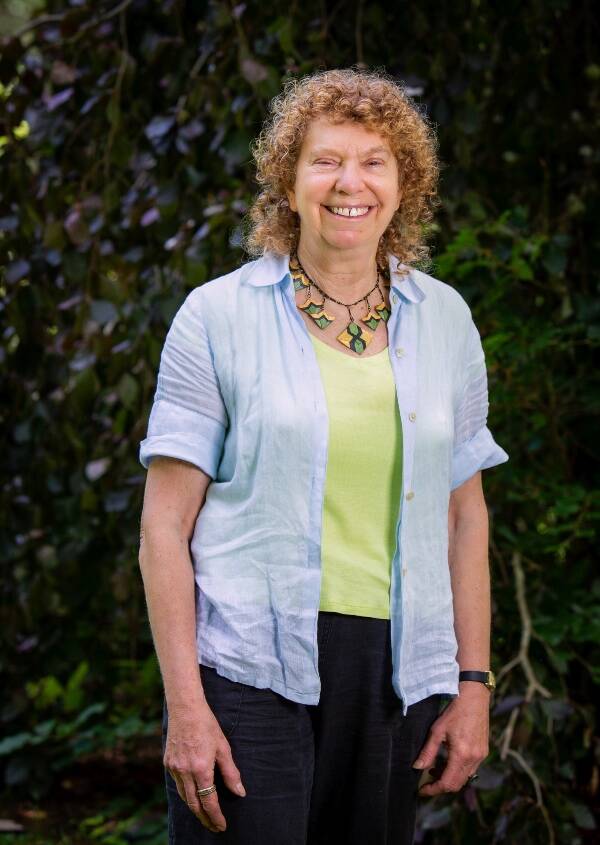Throwing money at a problem isn’t always the best solution. I believe this is the case with the Fire District’s proposed levy. I just completed a demographic profile of islanders for the Heritage Association’s “Vashon 101” course which helped give me a perspective on the needs and future for our Island’s population.
Here are some of the reasons VIFR states for a tax increase. First, they are concerned about not having enough responders on each shift. The VIFR website shows there are 22 funded emergency responder slots with only 4 vacant, meaning we currently have 18 serving. They are divided into four teams, with either four or five individuals on each. Filling vacancies would give each shift one additional person, thereby reaching the level VIFR says it desires. If the problem is either filling or keeping budgeted employees, the real issue appears to be recruitment and retention not adding more.
The VIFR website does not provide statistics past 2021, but with the island population barely growing and minus a nursing home, which often required emergency care, I am not sure why call volume would increase. However, VIFR has said they see a rise in simultaneous calls. Perhaps that was true earlier this year before they were able to staff up to 18 so fewer responders were available to answer calls. Looking at the past shows incidents of two calls happening at the same time has remained steady at around 13% (from 2016 to 2020 – the only timeframe for which information is available on the VIFR website). Even looking at what levy supporters say is the 2023 call overlap rate (driven by lack of staffing earlier this year), it won’t rise above 15%.
VIFR personnel say simultaneous calls mean all shift personnel are out of the station leaving no one to attend to the second incident, but having VIFR staff already responding doesn’t mean they can’t answer another call from wherever they are on the Island. Jim Bristow, in his levy support, continually references a CPR call (e.g., in a cardiac situation) which he says requires seven responders to assure the patient receives proper care. In all of 2021, CPR calls happened only 9 times, less than 1%. For the other 99% of calls, all VIFR shift workers may not be needed for extended time, leaving them able to respond to the next call. It is probably unlikely you will die of a heart attack waiting for help as in addition to VIFR personnel, there are two King County Paramedics per shift who are actually in charge of any life-threatening emergencies. They are part of an entirely different system, and King County is ready and committed to, as quickly as possible, bring more Paramedics to the Island if both their skilled medical personnel are unavailable.
What about when responders take a patient to a hospital? VIFR says such transports can keep staff off-island for three hours. VIFR Annual Reports from 2019-2021 show they found a solution: transfer patients to a private Seattle area ambulance at the dock allowing our staff to return to the Island immediately. There would be a cost to the patient, but our Fire District has been charging for their ambulance service (receiving at least $200,000 annually) since 2018. Those without health insurance could have trouble paying, but it might be possible to ask Granny’s Attic or the Health District to cover costs for those who can’t afford this care. Another alternative used by VIFR today is having volunteer EMTs provide off-island transport when it is feasible, and personnel are available. Encouraging this practice would keep career responders on the Island.
There has been a lot of talk about the expected increase in south-end home insurance rates due to a lack of responders based at the fire station in Burton. If the District levy passes, VIFR plans to put a mobile/portable housing unit on the Burton Fire Station grounds, a strategy related to a zoning change proposed in King County’s new Comprehensive Plan. This would give responders somewhere to be while waiting to answer south-end calls.
In truth, there is nothing to prevent VIFR from instituting this fix whenever the zoning change is obtained. Slow response to the south end is an issue raised continuously through the years and was specifically addressed in 2012 when VIFR bought a house in Burton as a responders’ residence. They sold it in 2018 upon finding they were unable to keep it staffed. Among the reasons, VIFR personnel complained of being isolated/separated from responders at the main fire station.
The March 2023 Fire Chief’s report shows an expectation of a 6% or greater monetary increase every year from 2024 to 2029 from levy passage. Whether this percentage increases or decreases will ultimately depend on the economy. The alternative to burdening islanders with a significant tax raise is to try no or low-cost solutions, if necessary, using funds already in their increasing reserves. VIFR’s concern over aging equipment and facilities is more properly addressed through a bond rather than a levy. If District personnel still believe in and can justify raising the levy rate, there is a lot of ground between their current 1% and 6%.
Alice Larson is a social service researcher with years of experience assisting vulnerable populations. She is known on Vashon for developing profiles of the population, most recently as the demographics presenter for the Vashon-Maury Island Heritage Association’s Vashon 101 course.



